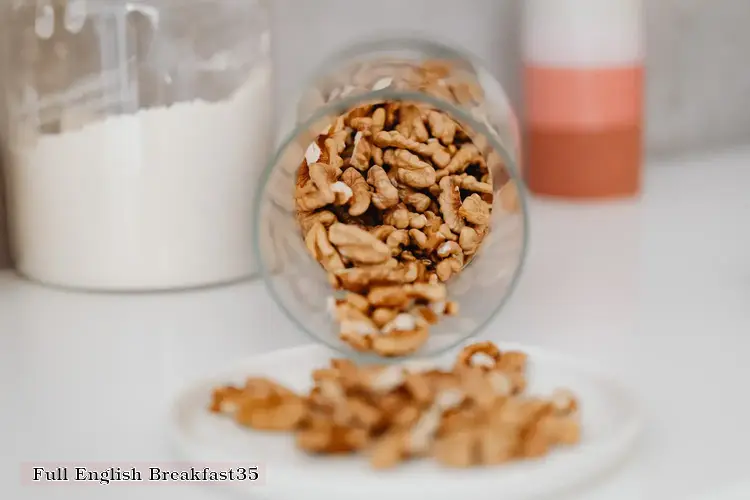

The Full English Breakfast is a traditional British breakfast dish that typically consists of:
Variations:
The Full English Breakfast can vary depending on regional preferences and personal tastes. Some common variations include:
History:
The origins of the Full English Breakfast can be traced back to the 18th century. It was originally a meal eaten by the working class to provide sustenance for a hard day's labor. Over time, it became a popular breakfast dish for all social classes.
Cultural Significance:
The Full English Breakfast is an iconic symbol of British culture. It is often served in pubs, cafes, and restaurants, and is a popular choice for weekend brunches. It is also a common dish to serve on special occasions, such as Christmas and Easter.
Nutritional Value:
The Full English Breakfast is a high-calorie meal that is rich in protein, carbohydrates, and fat. It is a good source of vitamins and minerals, including iron, zinc, and vitamin D. However, it is important to note that it is also high in saturated fat and sodium, so it should be consumed in moderation.
Preparation:
To prepare a Full English Breakfast, simply cook each component of the meal separately and arrange them on a plate. The bacon, sausage, and eggs can be cooked in a frying pan, while the mushrooms and tomatoes can be grilled or fried. The baked beans can be heated in a saucepan. Serve with buttered toast and a hot beverage.
DISCLAIMER: This information is provided for general informational purposes only, and publication does not constitute an endorsement. Kwick365 does not warrant the accuracy or completeness of any information, text, graphics, links, or other items contained within this content. Kwick365 does not guarantee you will achieve any specific results if you follow any advice herein. It may be advisable for you to consult with a professional such as a lawyer, accountant, or business advisor for advice specific to your situation.
today
Copyright © 2025 KwickEAT.com
Designed by KwickPOS is the best restaurant POS